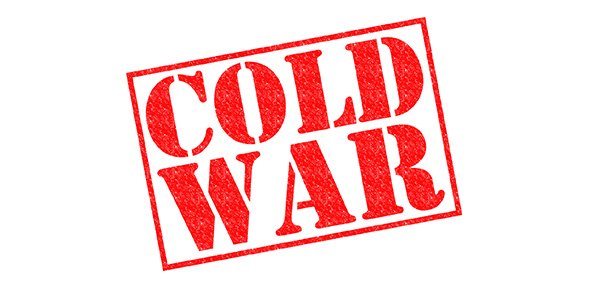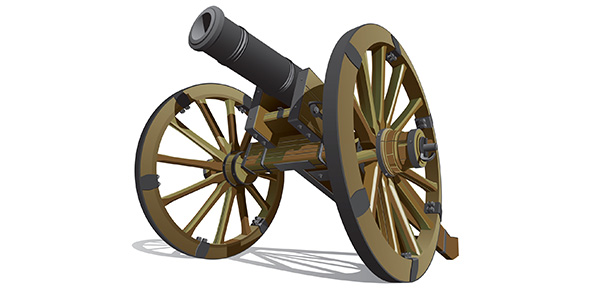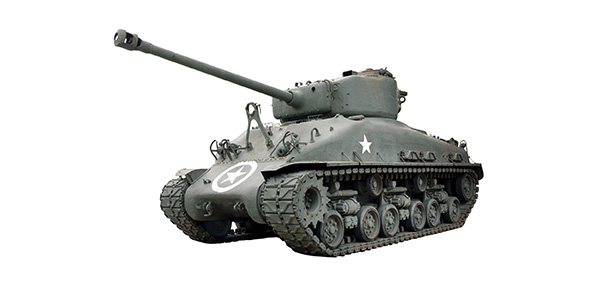Related Flashcards
Related Topics
Cards In This Set
| Front | Back |
|
Describe going 'over the top' / the frontal attack.
|
An offensive strategy in which men would climb over the top of the trenches and move toward the enemy trenches. an artillery bombardment would precede the attack with the aim of annihilating everyone in the enemy frontline trench and cutting the protective barbed wire.
|
|
Why was gas as a weapon designed?
|
In an effort to break the stalemate.
|
|
What types of gas were used and what did they do?
|
Chlorine caused difficulty in breathing+chest pain. phosgene also caused difficulty in breathing. mustard gas led to blistering of the skin, airways and lungs.
|
|
Why were tanks as a weapon designed?
|
To break the dominance over no man's land of machine gun use and break the stalemate.
|
|
When were tanks first introduced to the war?
|
Battle of the Somme in september 1916.
|
|
What were the tanks main uses?
|
To flatten barbed wire obstacles, offer advancing troops sense of 'moral support' and shelter, and to knock out enemy machine gun nests.
|
|
What were the risks of tank usage?
|
Carbon-monoxide poisoning, over-heating, motion sickness, noisy, blind, bogged in mud.
|
|
When and where was the Battle of Verdun?
|
Verdun was a town on the eastern border of France. Battle took place in February 1916
|
|
What were the results of Verdun?
|
The town of Verdun was destroyed. The losses to the armies were 350 000 French and 330 000 German soldiers. The Germans did not break the French resistance.
|
|
When and where was the Battle of the Somme?
|
The battle of the Somme occured on theSomme River. It went from July - November 1916.
|
|
Why did the battle of the Somme occur?
|
The Somme offensive was needed to help the French and force the Germans to take pressure off Verdun. Haig sought to achieve a breakthrough on the Somme to break the stalemate on the Western Front. The attack on the Somme was designed to wear down the German defenders until, a few weeks later, the main breakthrough would be launched at Ypres in Belgium.
|
|
What were the results of the Somme?
|
Casualty figures: Britain - 620 000; German - 500 000. Kitchener's 'new armies' were virtually wiped out. The British frontline advanced 15km. In Feb 1917 after the Somme, the Germans withdrew to their new Hindenburg Line.
|
|
When and where did Passchendaele, or, the Third Battle of Ypres occur?
|
1917, Belgium.
|
|
Why did Passchendaele occur?
|
To take pressure off the French army,
|
|
What was the results of Passchendaele?
|
There was no breakthrough in the stalemate with a gain of only 10km to the Allies, both sides suffered heavy losses and it encouraged a negative view of the war in the eye of the public.
|






